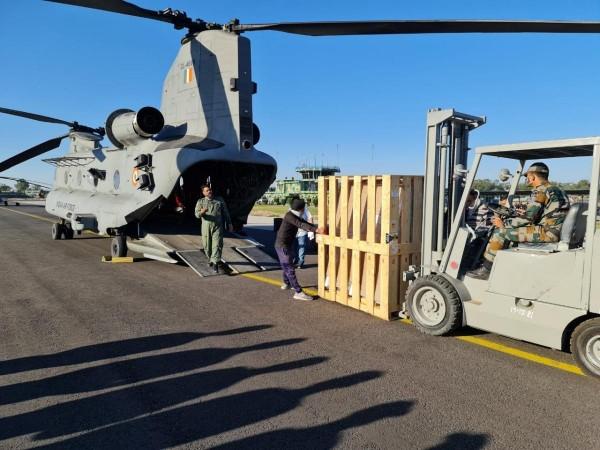Continuing its salami-slicing strategy in South Asia, China has constructed a second village in Arunachal Pradesh within the McMonhan line which demarcates the India-China border. As per a report by the NDTV, the new enclave did not exist in 2019, but it can now be spotted a year later. It is located 93 kilometres east of a Chinese-built village in Arunachal Pradesh, which was recently validated by a Pentagon report. Moreover, the new village "appears to be within the survey of India and McMahon line boundary," according to a satellite image specialist whose Twitter handle is @Detresfa_.

'Second enclave in within Indian boundary'
However, a few media reports have suggested that the Indian defence establishment has rejected this claim. It has been argued that no Chinese construction has taken place "within India's perception of the LAC". The second enclave is located within India, approximately 6 kilometres from the LAC and the International Boundary.
This village appears to be within the survey of #India & McMahon line boundary, geography however, restricts access allowing #Beijing to move unchallenged, such land grabs alter maps & promote sinicization of local features hindering future challenges to Indian territorial claims https://t.co/5AJCMiSGcL pic.twitter.com/3hmFCGlOYT
— d-atis☠️ (@detresfa_) November 18, 2021
India has traditionally claimed this land as its own. The photographs don't reveal whether or not the enclave is occupied. It's worth noting that the government's statement last week, in reaction to the Pentagon study, not only admitted but stressed that China had attempted to take areas of Indian land through just this type of development.

The new colony is visible using satellite imagery from Maxar Technologies and Planet Labs, two of the world's leading satellite imaging providers. These photographs of Arunachal's Shi-Yomi area show scores of structures, including one with a Chinese flag emblazoned on the roof that was huge enough to be seen by imaging satellites. The colossal flag appears to stake a claim to the region. On Bharatmaps, a Government of India online map tool, the exact position of the new enclave is clearly indicated. The location is further confirmed by a digitised map of India, which was meticulously documented by the Surveyor General of India.
















